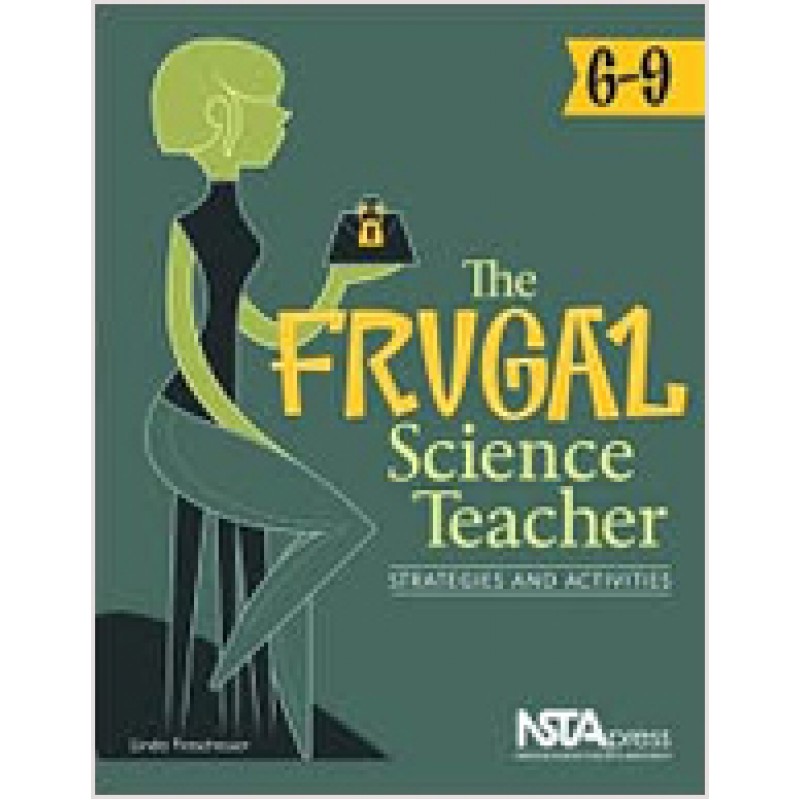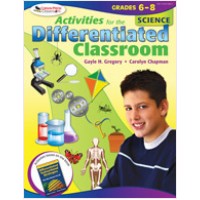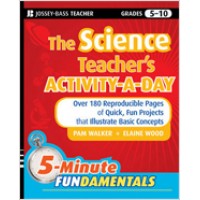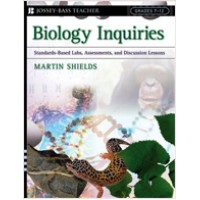The Frugal Science Teacher, 6-9: Strategies and Activities
| Author(s) | Linda Froschauer (Editor) |
| ISBN10 | 1936137038 |
| ISBN13 | 9781936137039 |
| Format | Paperback |
| Pages | 168 |
| Year Publish | 2010 April |
Synopsis
Teachers of all grades and disciplines often dip into their own wallets to outfit their classrooms with materials and supplies that school and district budgets can’t—or won’t—cover. Science teachers tend to find themselves supplementing their shrinking funds with even greater frequency.
This collection of essays, carefully selected by former NSTA president and current Science and Children editor Linda Froschauer, outlines creative and inexpensive ways for sixth- through ninth-grade science teachers to keep their expenses to a minimum in five categories:
• Student-Created Constructions
• Teacher-Created Constructions and Repurposed Materials
• Teaching Strategies That Maximize the Budget
• Instructional Lessons That Maximize the Budget
• Funds and Materials
Chapters provide inexpensive alternatives to costly classroom projects, offer re-imagined uses for items teachers already have at home or school, and suggest new and untapped resources for materials. Even more important than offering ideas for frugality, the activities and strategies—such as “Wiffle Ball Physics,” “Geology on a Sand Budget,” “Forensics on a Shoestring Budget,” and “Ever Fly a Tetrahedron?”—enhance teachers’ abilities to develop their students’ conceptual understanding. A comprehensive list of the many free resources available from the National Science Teachers Association is also included.
“By following the recommendations found in this book,” writes Froschauer, a retired classroom teacher of 35 years, “you will find creative ways to keep expenses down and stretch your funds while building student understanding.”
This collection of essays, carefully selected by former NSTA president and current Science and Children editor Linda Froschauer, outlines creative and inexpensive ways for sixth- through ninth-grade science teachers to keep their expenses to a minimum in five categories:
• Student-Created Constructions
• Teacher-Created Constructions and Repurposed Materials
• Teaching Strategies That Maximize the Budget
• Instructional Lessons That Maximize the Budget
• Funds and Materials
Chapters provide inexpensive alternatives to costly classroom projects, offer re-imagined uses for items teachers already have at home or school, and suggest new and untapped resources for materials. Even more important than offering ideas for frugality, the activities and strategies—such as “Wiffle Ball Physics,” “Geology on a Sand Budget,” “Forensics on a Shoestring Budget,” and “Ever Fly a Tetrahedron?”—enhance teachers’ abilities to develop their students’ conceptual understanding. A comprehensive list of the many free resources available from the National Science Teachers Association is also included.
“By following the recommendations found in this book,” writes Froschauer, a retired classroom teacher of 35 years, “you will find creative ways to keep expenses down and stretch your funds while building student understanding.”




